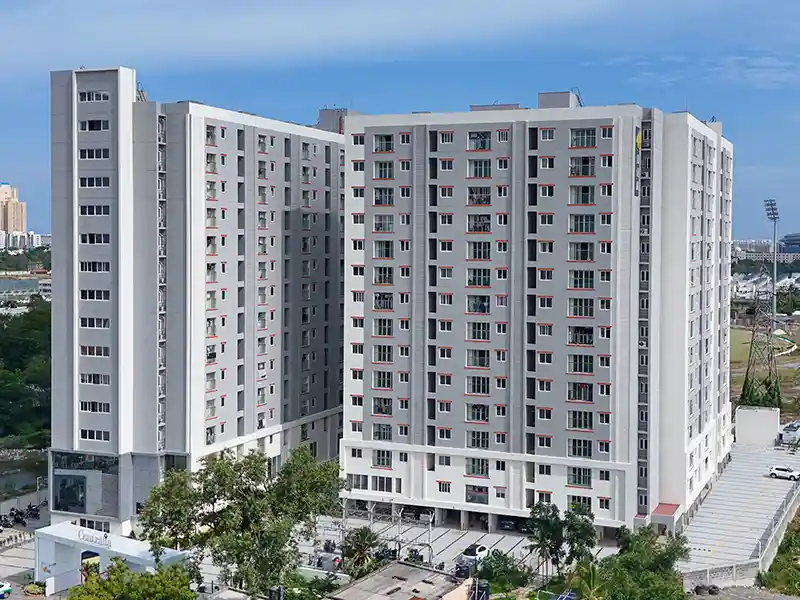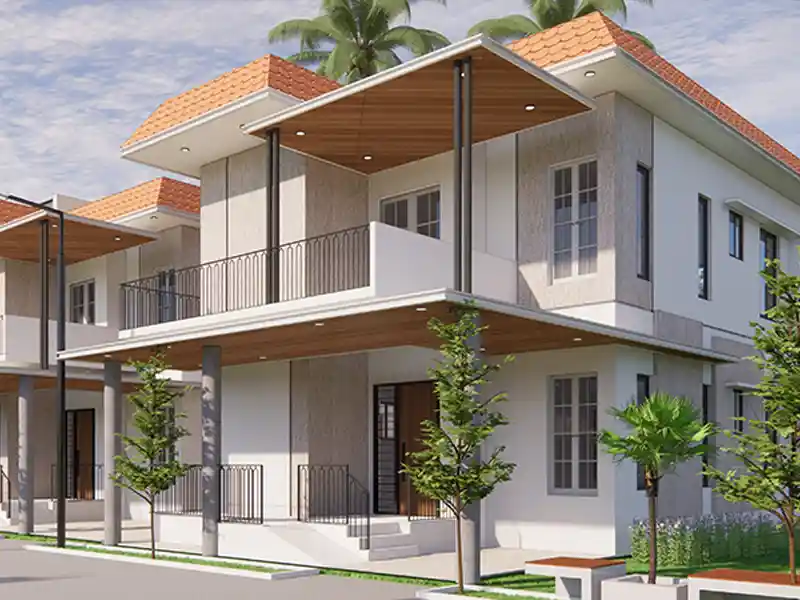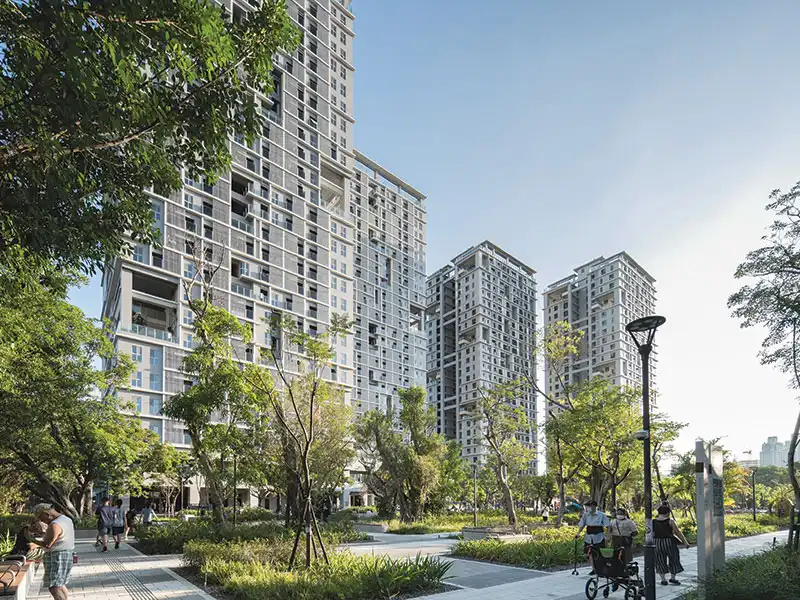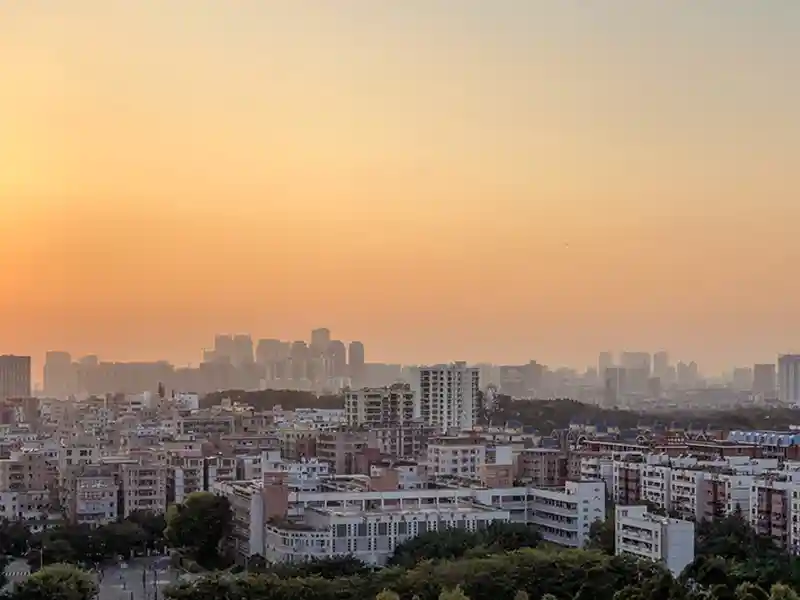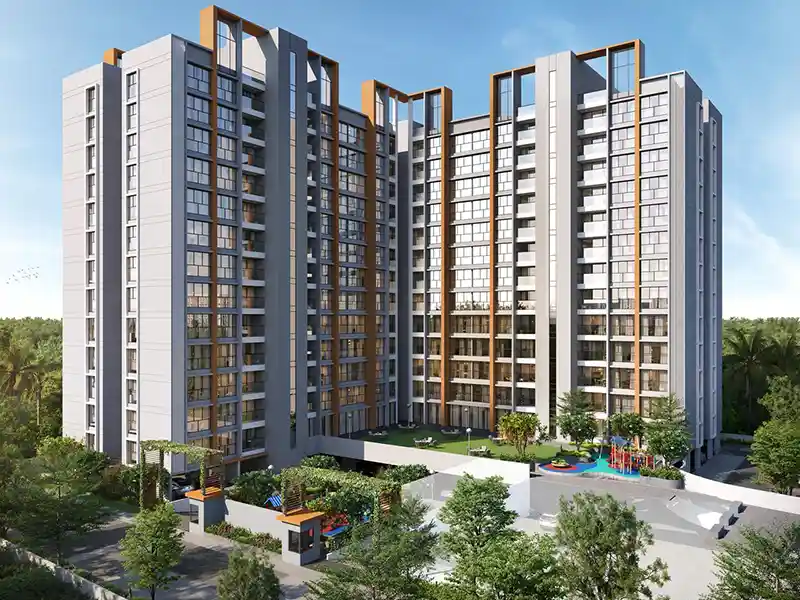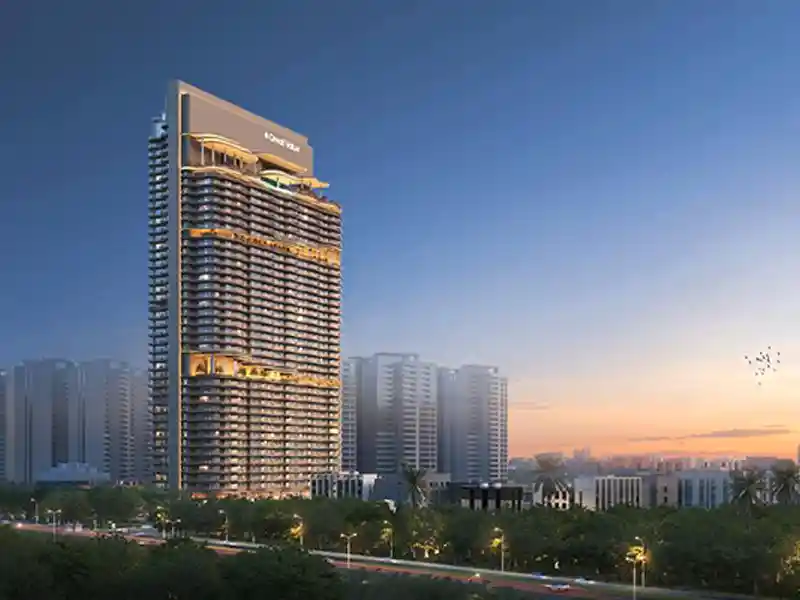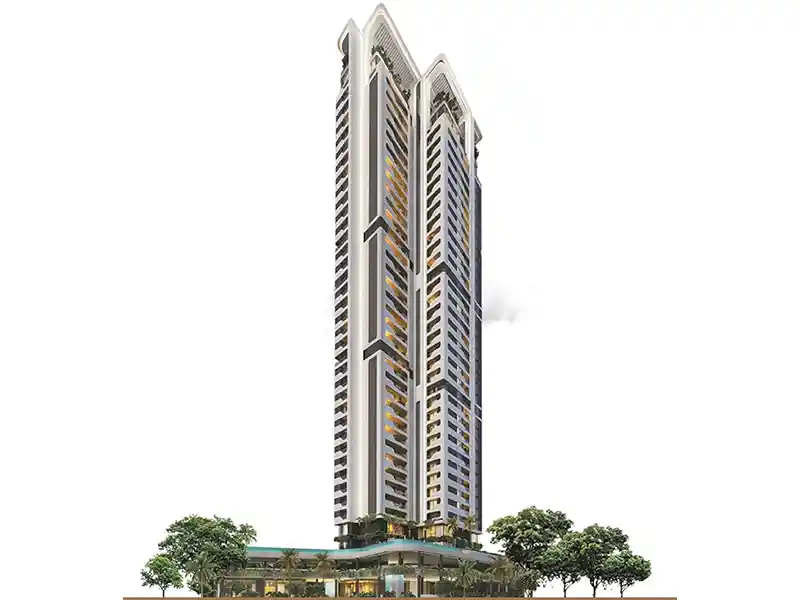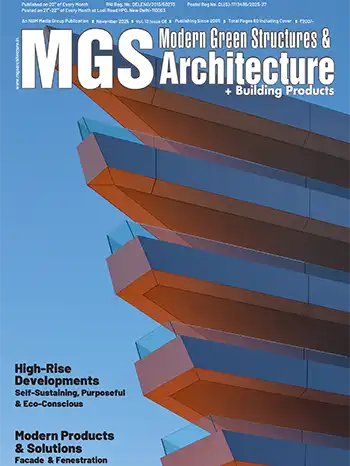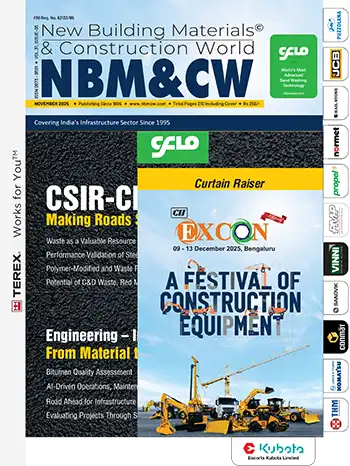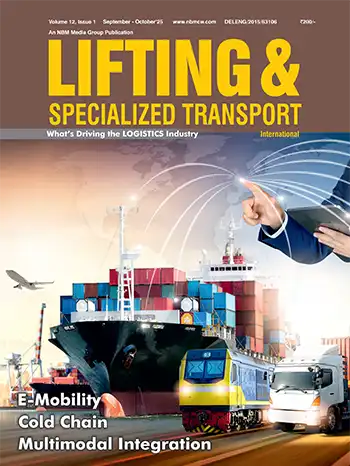Historically, bustling high-streets have been host to a multitude of small, scattered boutiques managed by independent designers, family-owned companies, and street vendors. The government’s focus on developing smart cities and initiatives to upgrade urban infrastructure provide an environment that is conducive to the growth of high-street retail.
According to Cushman & Wakefield, high-street spaces in India are expected to rise significantly over the next few years with many major developers have big projects planned. In fact, real estate development of high-street retail portends well for India’s urban landscape, both in terms of local economies and consumer experience.
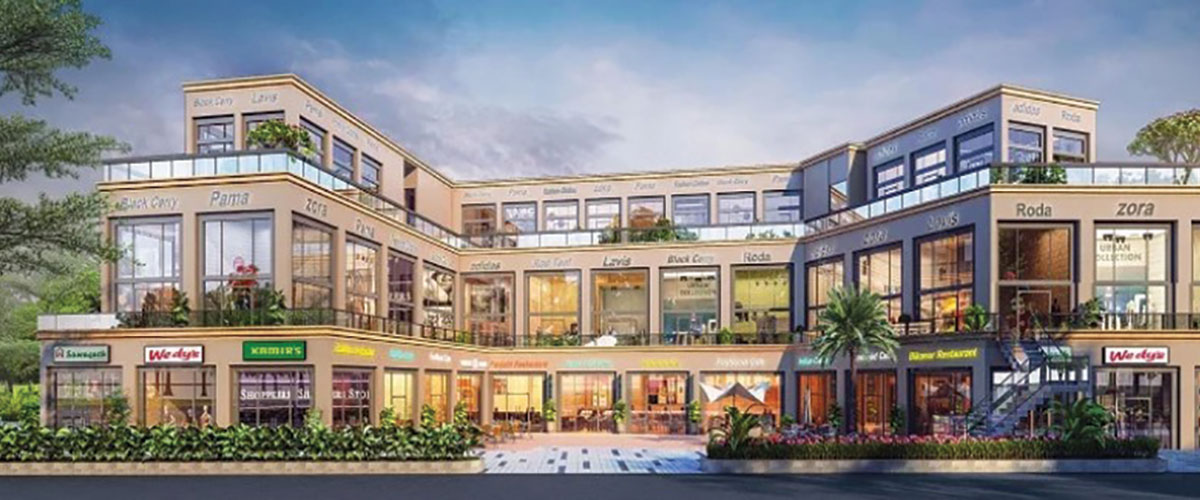 Royal Green Courtyard 62 Affordable Shops Sector 62 Gurgaon
Royal Green Courtyard 62 Affordable Shops Sector 62 GurgaonModernizing Traditional High-Streets
India’s high-street shopping has evolved over the past several years, mostly due to growing consumption and the diversification of retail concepts. High-streets are now grand shopping destinations offering a wide variety of mid-to-premium brands, and landmark businesses having grown from modest traditional marketplaces.In India’s top eight cities, high-streets account for around 45% of all luxury retail leases, followed by malls at 40%, and independent companies at 15% (as per CBRE’s Annual Report). This illustrates the attraction towards high-streets by luxury brands, given their high visibility, brand value, and customer engagement. Quintessential examples of modern high-street spaces include Delhi’s Connaught Place and Bombay’s Kala Ghoda, which blend the quirks of antiquity with the conveniences of contemporary life. Khan Market in Delhi has been ranked as the 22nd most expensive retail high-street location globally, with monthly rents up to Rs. 1,500 per sq.ft. Brigade Road in Bengaluru has become famous worldwide for attracting tourists with its inimitable blend of high-end retail and commercial spaces.
According to a JLL India Report, high-street retail spaces in prominent locations demonstrate greater rental growth and lower vacancy rates compared to traditional malls. This robust rental growth is bolstered by the desirability of these locations, attracting consistent traffic and ensuring higher occupancy. A prime example of this trend is the Golf Course Extension in Gurgaon, which stands out as one of the best high-street retail spaces in India.
This region has seen significant development by leading real estate developers such as DLF, Godrej, Sobha, Tata Housing, Emaar India, M3M India, Royal Green Realty, Adani Group, and Signature Global. The appeal of Golf Course Extension Road is further enhanced by its connectivity which include the Southern Peripheral Road (SPR), Delhi-Mumbai Industrial Corridor (DMIC), Delhi-Jaipur Highway, Faridabad, Sohna Elevated Road, and the Rapid Metro connectivity. These infrastructural advantages make Golf Course Extension a highly sought-after destination for both retailers and consumers, ensuring sustained rental growth and low vacancy rates.

Market Trends
Highstreet retail has shown to be incredibly resilient and has grown even during economic downturns. According to a study by Cushman & Wakefield, that looked at market trends and utilized data to form its conclusions, India has only ~13.2 million sq.ft of high-street retail space, compared to the 93 million sq.ft dedicated to malls. Despite this difference, consumers may spend nearly three times as much at high-streets as they do at malls. Thus, the fact that there is a consistent and rising demand for high-street space is not surprising, as shown by statistics released by CBRE.An increasing tendency toward premium and luxury items is reflected in the 0.3 million sq.ft of space that luxury businesses rented across high-streets in India’s main cities in 2023. With the integration of dining, shopping, and leisure activities, high-streets are defining what the concept of modern community entails.
By offering an immersive retail experience, high-streets are more symbolically expressive to millennials and Gen Z since they value experiences above simple commerce. Pop-ups, food festivals, live music, and art exhibits are being presented to create sensory environments. Technology is being used to improve the shopping experience with interactive displays, augmented reality installations, and customized mobile applications, providing a lively and captivating setting for activities beyond basic retail.

Future Outlook
High-streets are strategically important for both modern urban growth and culture. They help the local economy by enabling local businesses and individuals to grow their profits and sales. Real estate developers are progressively incorporating high-street retail into mixed-use complexes since it increases the value of both residential and commercial buildings.The future of high street retail in India looks bright because of rising consumer purchasing power and an increasing need for experiential shopping. The Government’s attempts to construct smart cities and modernize infrastructure will make high-street shopping even more viable. Upscale retail experiences are becoming more and more in demand as a result of the growing middle class and rising urbanization.
However, there are challenges such e-commerce platforms and pricey real estate in sought-after locations. The capacity of high-street retailers to offer unique, immersive experiences and maintain continuous innovation cycles will determine their ability to draw and retain customers. High-street retail integration will be more and more essential to preserve vibrant, sustainable, and economically successful urban environments as cities grow.

